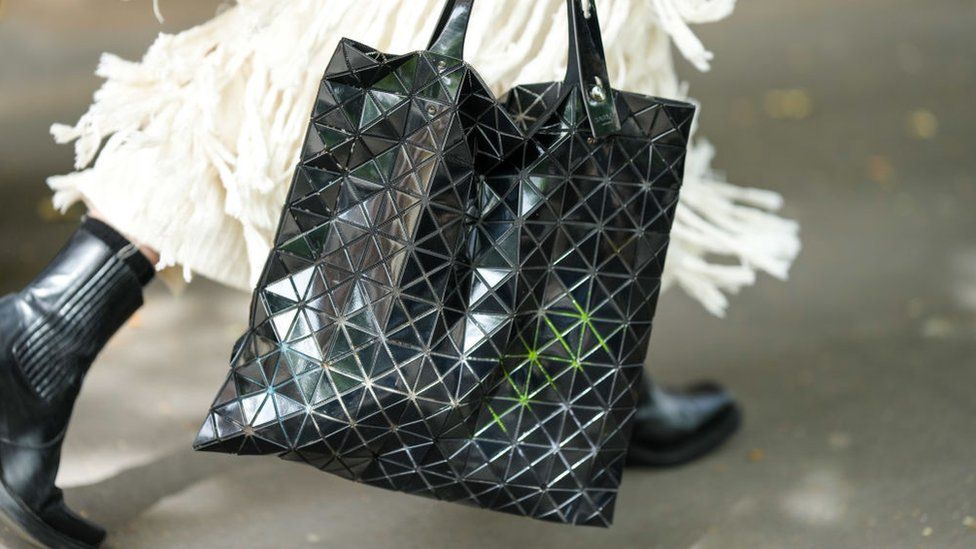The company of evolutionary Japanese fashion designer Issey Miyake has announced the death of the designer. He died at age 84.
Miyake, who is famous for his avant-garde designs and scent, established a global fashion brand by creating the iconic black turtleneck sweaters worn by Steve Jobs.
Throughout his lengthy career, Miyake was known for using both classic and contemporary fashion techniques.
Japanese media reported that the designer died of liver cancer on Friday and a private funeral has already taken place.
Born in Hiroshima in 1938, Miyake was just seven years old when the city was devastated by an atomic bomb dropped by the United States. His mother died of radiation exposure three years later.
“When I close my eyes, I still see things no one should ever experience,” he wrote in a New York Times opinion piece in 2009 – adding that he prefers to think of things “that can be created, not destroyed, and that bring beauty and joy”.
Miyake reportedly wanted to be a dancer or athlete when he was young – but that changed after he read his sister’s fashion magazines.
He studied graphic design at a Tokyo art university and then moved to Paris in the 1960s, where he worked with lauded fashion designers Guy Laroche and Hubert de Givenchy.
He moved to New York for a short time, before heading back to Tokyo in 1970 to open the Miyake Design Studio.
By the 1980s he was celebrated as one of the world’s most pioneering designers as he worked with materials from plastic to metal – and also traditional Japanese materials and paper.
Miyake developed a new way of pleating fabric by wrapping it between layers of paper in a heat press.
Miyake’s distinctive Bao Bao line of bags, recognizable for their small resin triangles, was celebrated for its engineering and was so popular that knock-offs flooded the fake designer market.
He became known for creating a style that was high-tech yet practical and comfortable, and was a household name in not only Japan’s fashion industry – but on the global catwalk.
His fashion house developed highly sought-after clothes for men and women, as well as bags, watches, and perfumes – a bottle of L’Eau d’Issey, launched in 1992, was rumored to sell every 14 seconds.
His A-POC (A Piece of Clothing) line, which can now be seen in museums, used a special weaving machine that made outfits out of one continuous tube of fabric.
 IMAGE SOURCE, GETTY IMAGES
IMAGE SOURCE, GETTY IMAGESMiyake was asked by Apple co-founder Steve Jobs to design his iconic turtle neck jumpers and reportedly made 100 of them, at $175 each.
“Design needs to express hope,” Issey Miyake famously said, as he believed in the role of fashion in questioning how humans should exist – instead of making money.
For people here, he is one of a few Japanese names who get recognized around the world, along with Yoko Ono.
Not many will know about his traumatic childhood, as Miyake himself didn’t talk about it until his later years.
It was because he wrote in 2009, that he didn’t want to be known as “the designer who survived the atomic bomb”.
Miyake may have chosen not to talk about it for a long time, but Japan’s revolutionary designer left us one day before the 77th anniversary of his hometown’s bombing.
